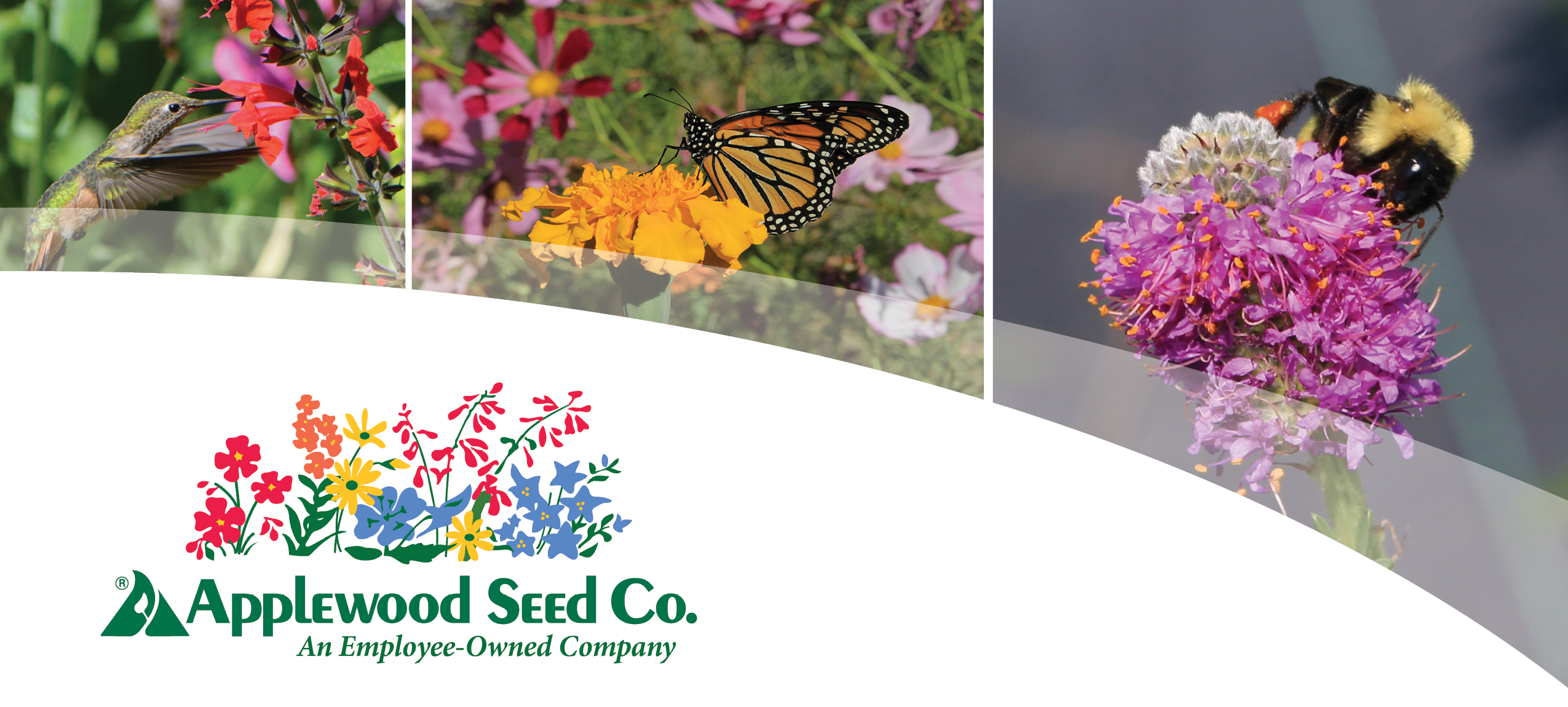
Participate in a Citizen Science Program
for National Pollinator Month
Extending Pollinator Conservation Beyond the Garden
Even if you haven’t earned your Masters in Ecology yet, every American can contribute to pollinator conservation. In some cases, you need only a smartphone. “Citizen Science”, or the crowdsourcing of scientific information from the general public, has taken off in an effort to engage citizens in protecting declining pollinator populations. Planting a wildflower patch in commercial and residential spaces will make a direct impact on the local birds, bees, beneficial wasps, and butterflies. Once wildflowers are in bloom, professionals and amateurs alike can participate in any one of these national or regional citizen science programs for National Pollinator Month and extend their conservation efforts beyond the garden.
National
These programs are coast to coast, pooling national observations and data together to better understand pollinator conservation efforts.
Bumble Bee Watch
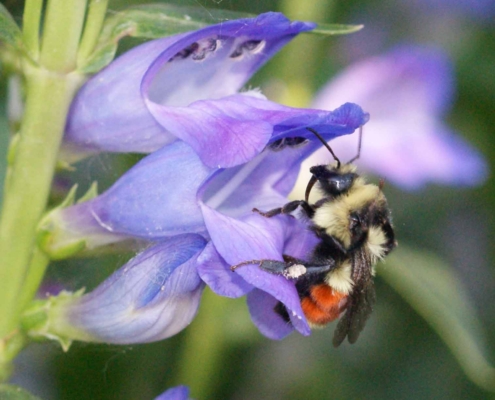
Hunt’s bumble bee (Bombus huntii) on Rocky Mountain Penstemon (Penstemon strictus).
Bumble Bee Watch aims to collect bumble bee observations from across the US for conservation purposes. People are able to upload their own photos of bumble bees to the website’s Sightings form or by using the Bumble Bee Watch app. This program also includes an option to upload photos of Nests, should a citizen scientist come across one in a commercial or residential garden. Get involved here .
Suggested Mixtures to Attract Bumble Bees:
The Great Sunflower Project
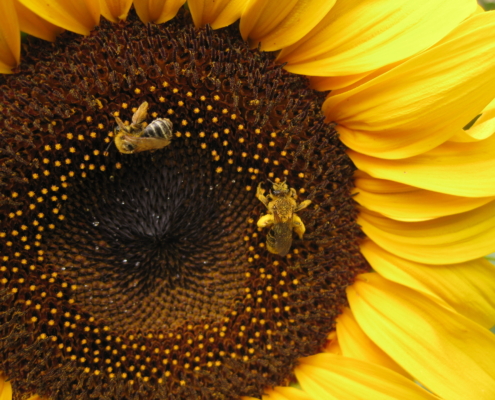
Two bee species collect pollen from a sunflower head.
The Great Sunflower Project is working with San Fransisco State University to track and record pollinator visits to sunflowers and other wildflowers. Participants can record the species of plants and the pollinators who visit them once they register an account with GSP. Additional resources like bee identification guides and tools to assess your garden’s pollinator habitat can be found on their website. While the program has expanded to cover all kinds of pollinator gardens, the main program is designed to observe pollinators visiting Lemon Queen Sunflowers. A key component of this citizen science program is to choose seeds not treated with neonicotinoid, a type of pesticide, and sunflower varieties not bred to be pollen-less (all Applewood Seed Co. sunflower varieties are suitable). Learn more about this program and the ways you can participate here.
Additional Sunflowers and Mixtures for Honey Bees:
Grey Stripe Sunflower, Helianthus annuus (HGIG)
Journey North Pollinator Patches
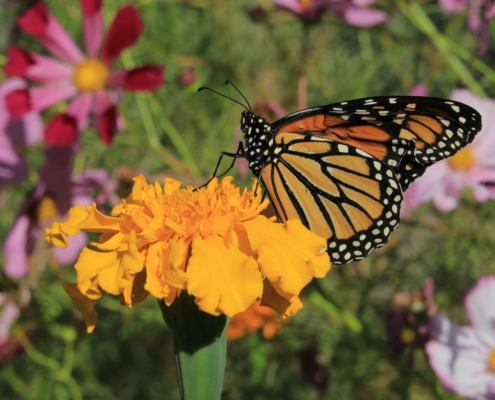
A monarch butterfly perched on top of a blooming African Marigold ‘Crackerjack’ (Tagetes erecta).
Journey North aims to track migratory patterns of pollinators, especially birds and butterflies who travel vast distances seasonally. Monarch butterflies and hummingbirds are two key species that depend on pollinator-friendly gardens for food as they travel, often over thousands of miles. You can register and report sightings here.
Suggested Mixtures that Attract Hummingbirds and Monarch Butterflies:
Native Flower Mixture for the Monarchs (MBNA)
Monarch Butterfly Garden Seed Mixture (MBMX)
Regional
These programs are active in specific regions or climates to record observations of pollinators threatened in these areas of the US.
Pacific Northwest Bumblebee Atlas
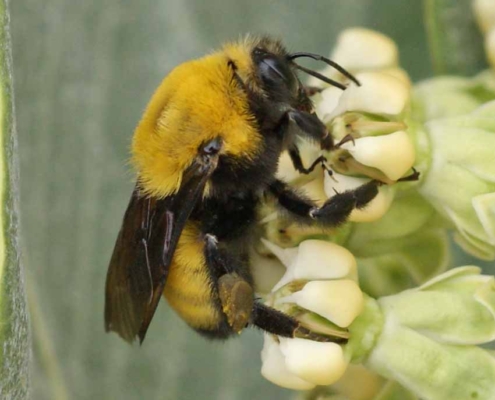
A Morrison’s bumble bee on Broadleaf Milkweed (Asclepias latifolia)
In conjunction with Bumble Bee Watch, the PNW Bumble Bee Atlas aims to collect local bumble bee observations in and around Oregon, Washington, and Idaho. Using the same app (available for Android or Apple iOS), participants “adopt” a grid cell in which to observe bumble bees and record sightings. Special emphasis is on collecting data for Species of Greatest Conservation Need (SGCN), such as Morrison’s bumble bee (Bombus morrisoni) and the Western bumble bee (Bombus occidentalis). You can see which areas the program is trying to obtain data on here.
Suggested Flower Mixes and Species for the PNW:
Western Pollinator Seed Mixture (WSPM)
Western Monarch Milkweed Mapper
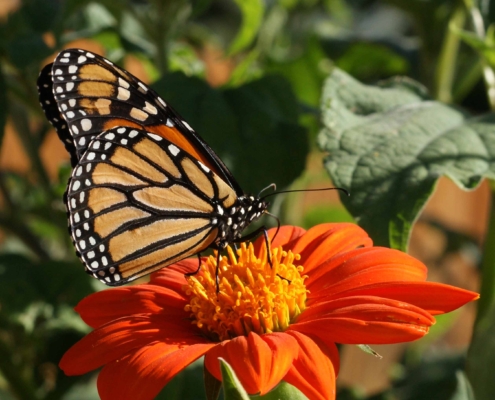
A monarch butterfly investigates a deep orange Mexican Sunflower (Tithonia rotundifolia).
Western Monarch Milkweed Mapper is an effort to study the habits and habitats of the western monarch butterfly along with the Xerces Society and the Fish and Wildlife/Game Departments of Idaho and Washington. While there is little to no genetic differences between Western and Eastern Monarch, the Western Monarch has been deeply impacted by habitat loss and has declined in numbers by >95% since the 1980s. Participants in Milkweed Mapper record observations of milkweed plants, the host plant for monarchs, and the number of butterflies who visit. This allows conservationists to map where the monarchs are within the Western US and to better understand the habitat needs of the insects. Learn more about this citizen science program here.
Suggested Milkweeds for Western Monarch Butterflies:
Beecology Project
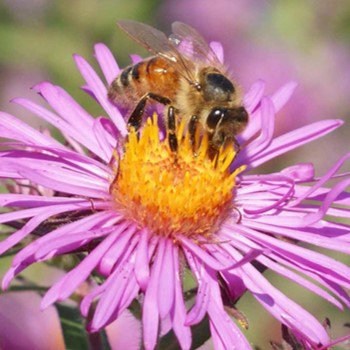
A honey bee collects pollen on a New England Aster (Symphyotrichum novae-angliae).
Focused on the native bees and pollinators of New England and the Northeast, the Beecology Project records observations and bee habits using their Beecology app. In partnership with UMASS-Dartmouth and Worcester Polytechnic Institute, Beecology encourages high school and university students to learn more about pollinator conservation and the computer science applications that can improve conservation efforts. Much of the app and software around Beecology were developed and are actively maintained by WPI students. Check out how you can participate here.
Suggested Flower Mixes for the Northeast/New England:
Northeast Flower Seed Mixture (NEMX)
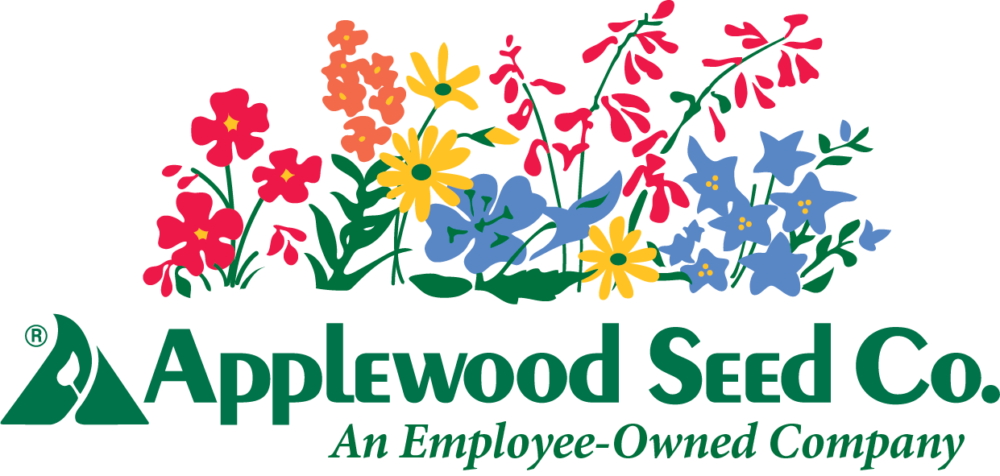

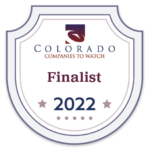

Applewood Seed Co. Announces Strategic Leadership Changes to Drive Business Growth
Applewood Seed Co., an employee-owned company, the leading supplier and wholesaler of open-pollinated flower seeds in the U.S., proudly announces two pivotal promotions within its leadership team. Mary Gomane has been promoted to Vice President of Sales & Production and Joe Eenigenburg has advanced to the role of Director of Sales & Marketing. These strategic […]
Using Flowers as Nature’s Solution to Water Conservation
In the realm of commercial landscaping, traditional turfgrass lawns still reign as the go-to for public and private projects. However in recent years, the practice of replacing turfgrass with flowers has steadily gained popularity, not only for the aesthetic appeal but specifically for the positive impact on water conservation and cost reduction.